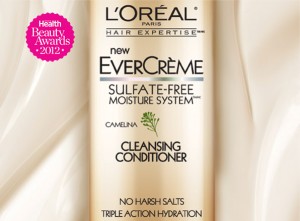The assignment taught me a lot about marketing. It taught me how to analyze a segment of consumers, gave me the ability to work with a team, and allowed me to think creativity. Through the analysis of the marketing mix and the STP’s (segmentation, targeting, and positioning) I felt that I got the opportunity to see what marketing is really like and apply this knowledge to a real life example. One of the difficulties I initially had with this project was deciding on which segment of WestJet fliers to target. I did not realize how many defined segments there would be and had a difficult time coming to a decision on which segment to analyse. I realized that each segment is equally important, but there will be different ways to market to these different segments.
I enjoyed the video component of the project as it gave us a bit of creative freedom to express our research and recommendations in our own way. I did not think it would be nearly as time consuming as it really was to create the video, but had fun finding music, other video clips, and pictures to help illustrate what we tried to communicate with viewers.
The peer feedback did not change my attitude towards the project, as I already was trying my best to make it a success. However, I do think that it is good to hear the opinions of others and be free to speak your own thoughts about other videos as well. This will benefit all of us in the long run as we will know how the video came across to people who were not involved in the project and be able to change to make a better one in the future.
Overall, the project was one of the highlights of my semester, teaching me so many important skills.
http://www.westjet.com/vacations/en/home.shtml









